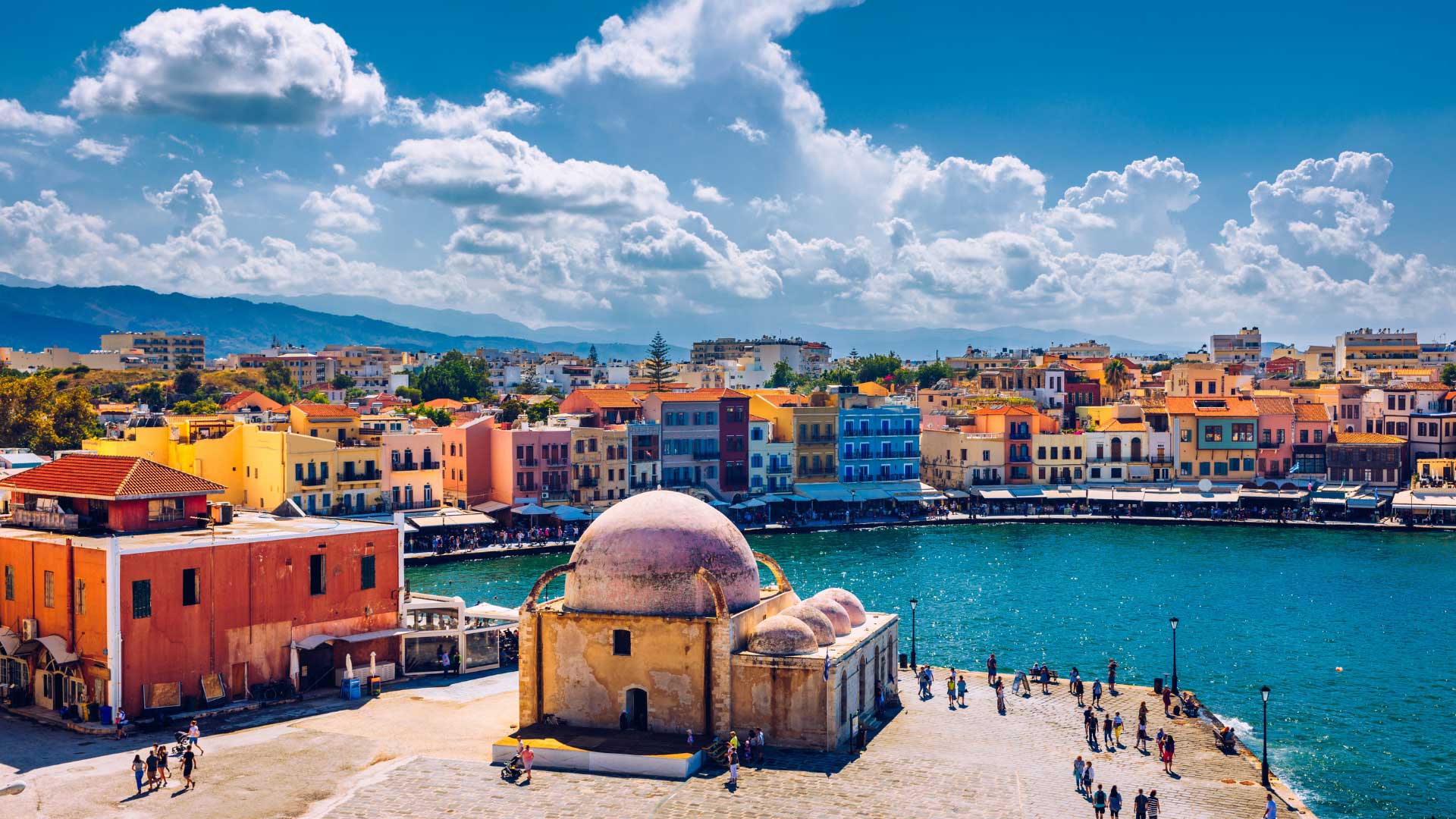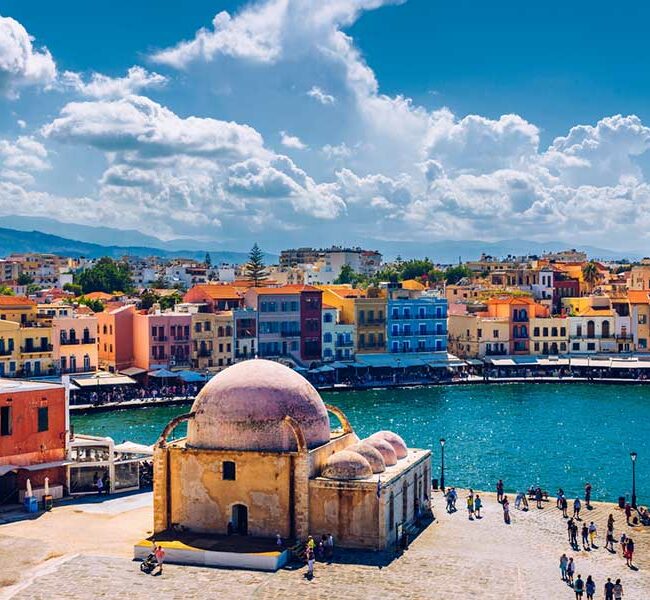Crete Island
Crete’s known history dates back to the Neolithic ages, but it truly came into prominence during the Minoan Period (2600-1100 BC), which coincided with the Bronze Age.
During this era, the Minoans established a powerful naval empire in the Mediterranean. However, their civilization abruptly vanished, likely due to the devastating eruption of the volcano in Santorini. Enormous tidal waves swept away all traces of their existence. Following this catastrophic event, the Minoan period came to an end with the invasion of the Acheans and later the Dorians. In 67 BC, Crete was occupied by the Romans, with Gortys becoming the capital of the province
From 325 AD to 824 AD, Crete became part of the Byzantine Empire. During this time, the Arab occupation of Crete posed constant challenges for Byzantium, leading to multiple unsuccessful attempts to retake the island. However, in 961, the Byzantine General Nikephoros Fokas triumphed after fierce battles, marking the beginning of the Second Byzantine Period of Crete, which lasted until 1204. It was during the Fourth Crusade that Constantinople fell to the Crusaders, and Crete was subsequently sold to the Venetians.
After Constantinople’s fall to the Turks in 1453, artists and scholars from across the former Byzantine Empire sought refuge in Crete. However, Chandax (Heraklion) fell under Turkish occupation in 1669, which lasted until 1878. In 1898, thanks to the intervention of the Great Powers at the time, Crete was declared an autonomous state. It retained its autonomy until 1913, when it united with Greece.
-
Destination



